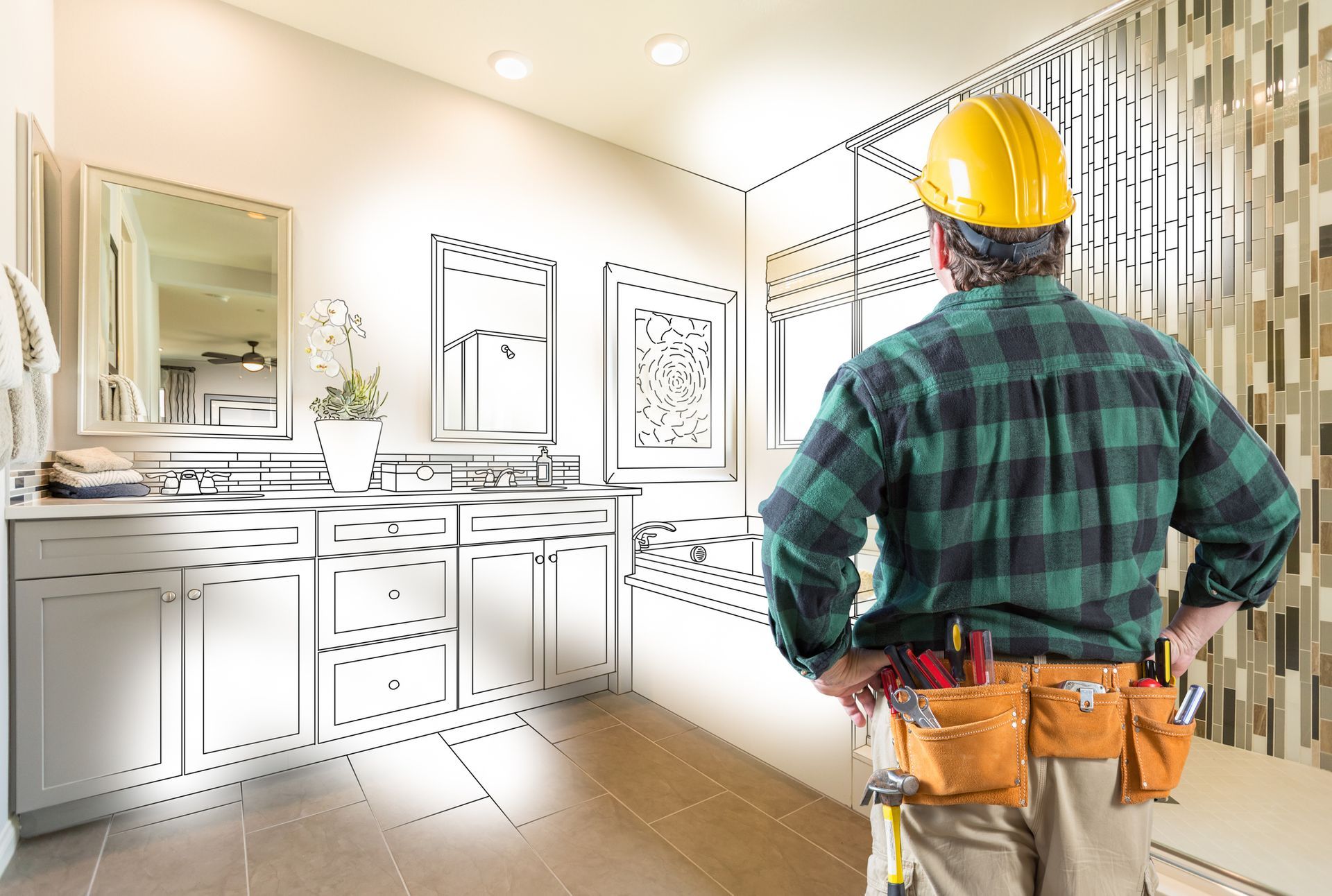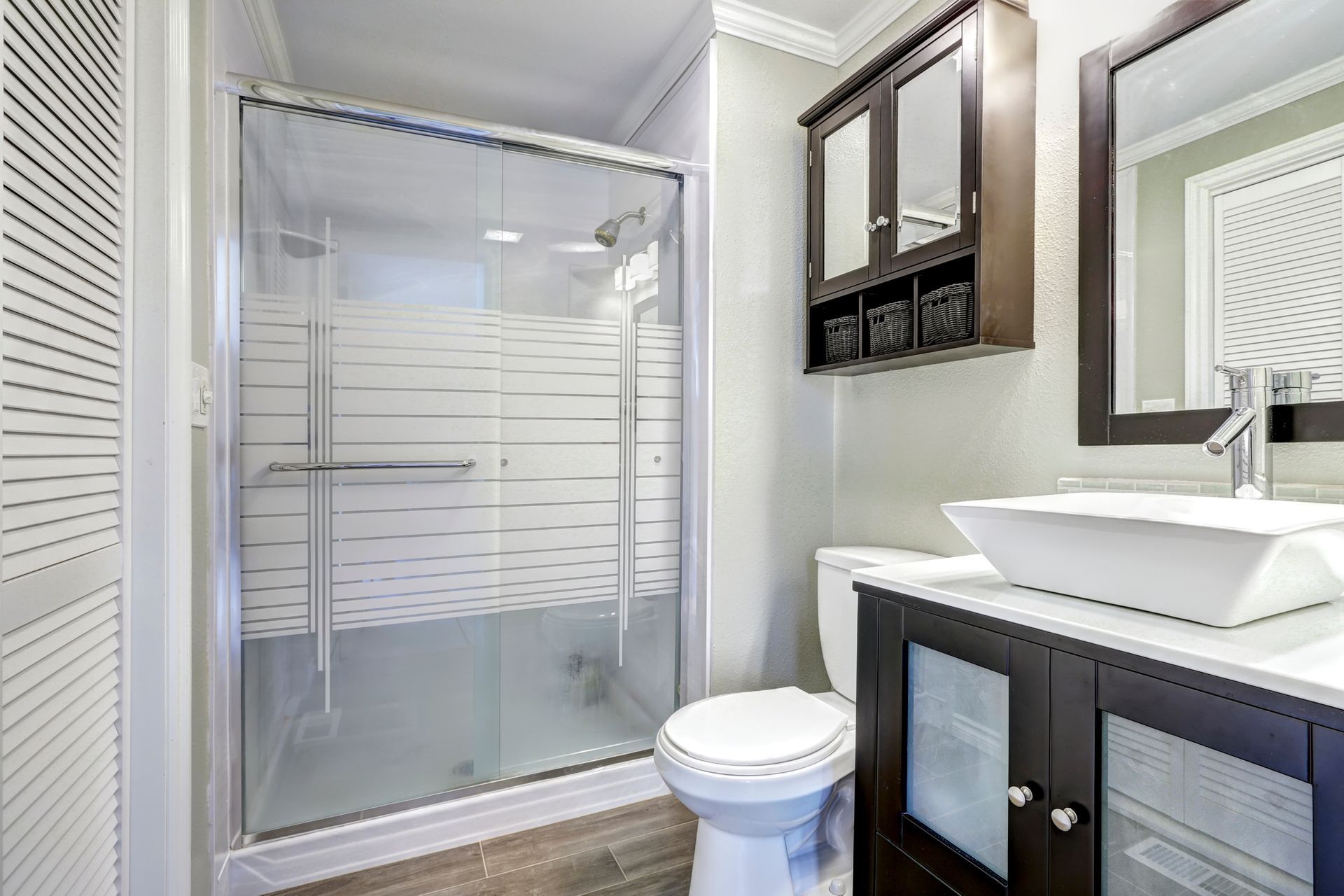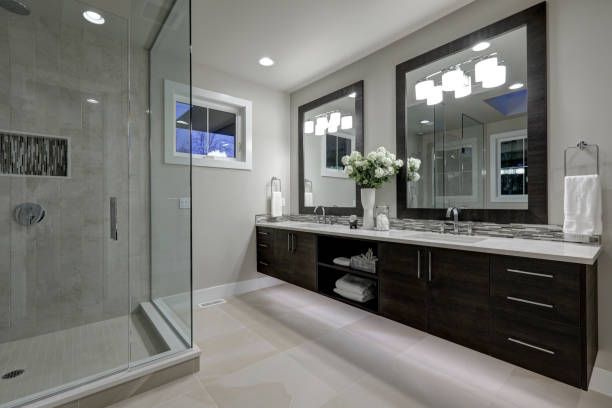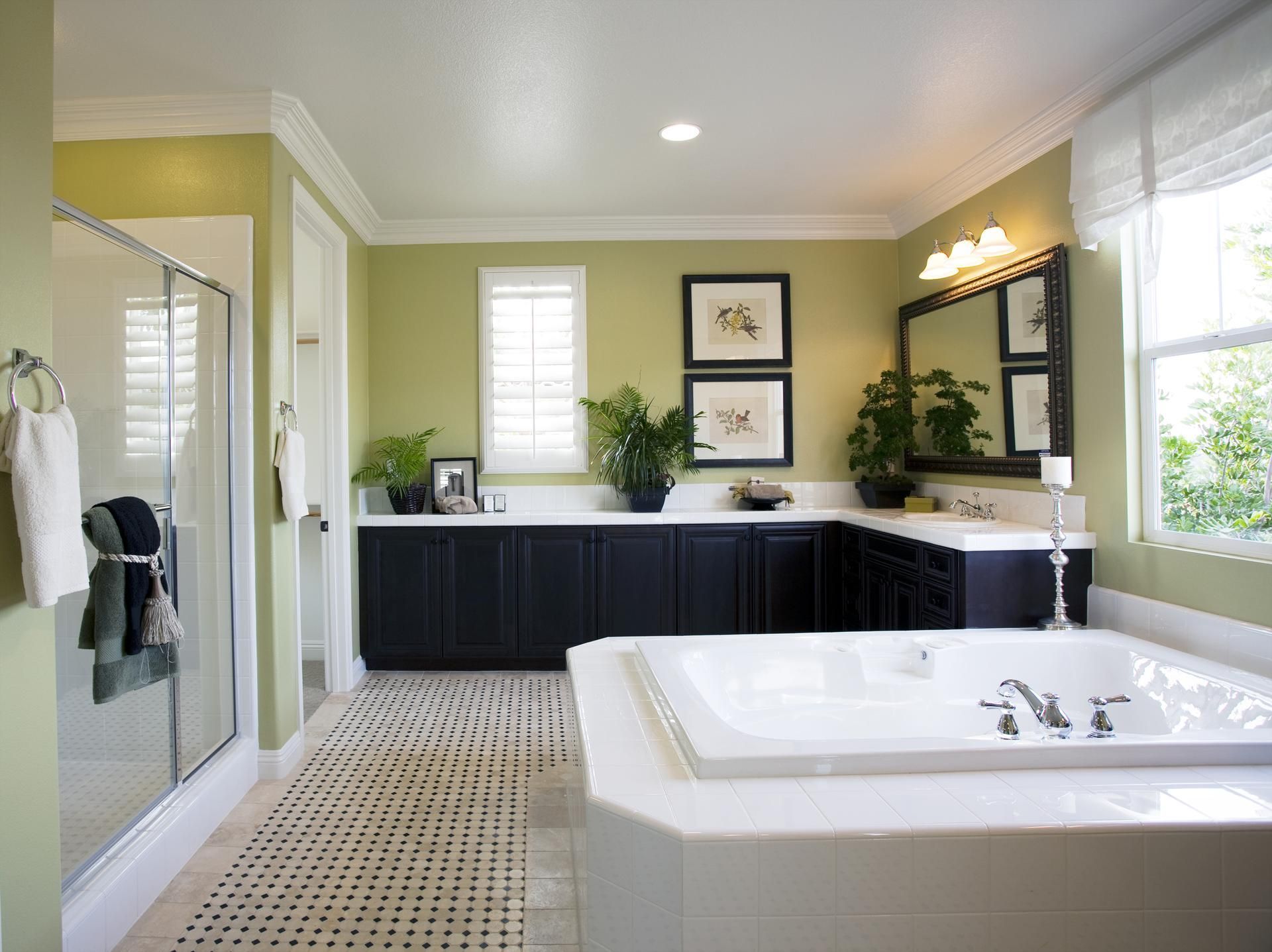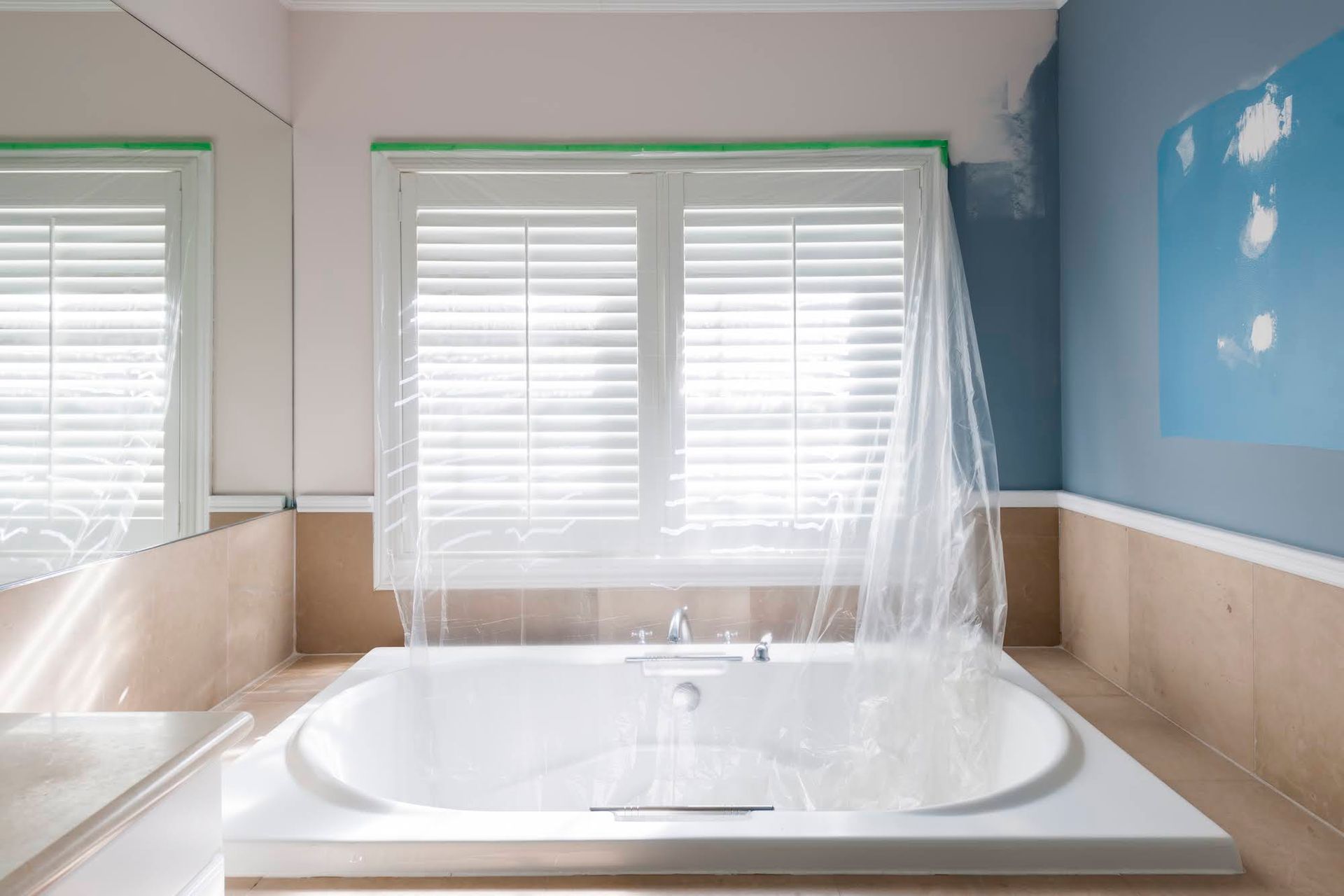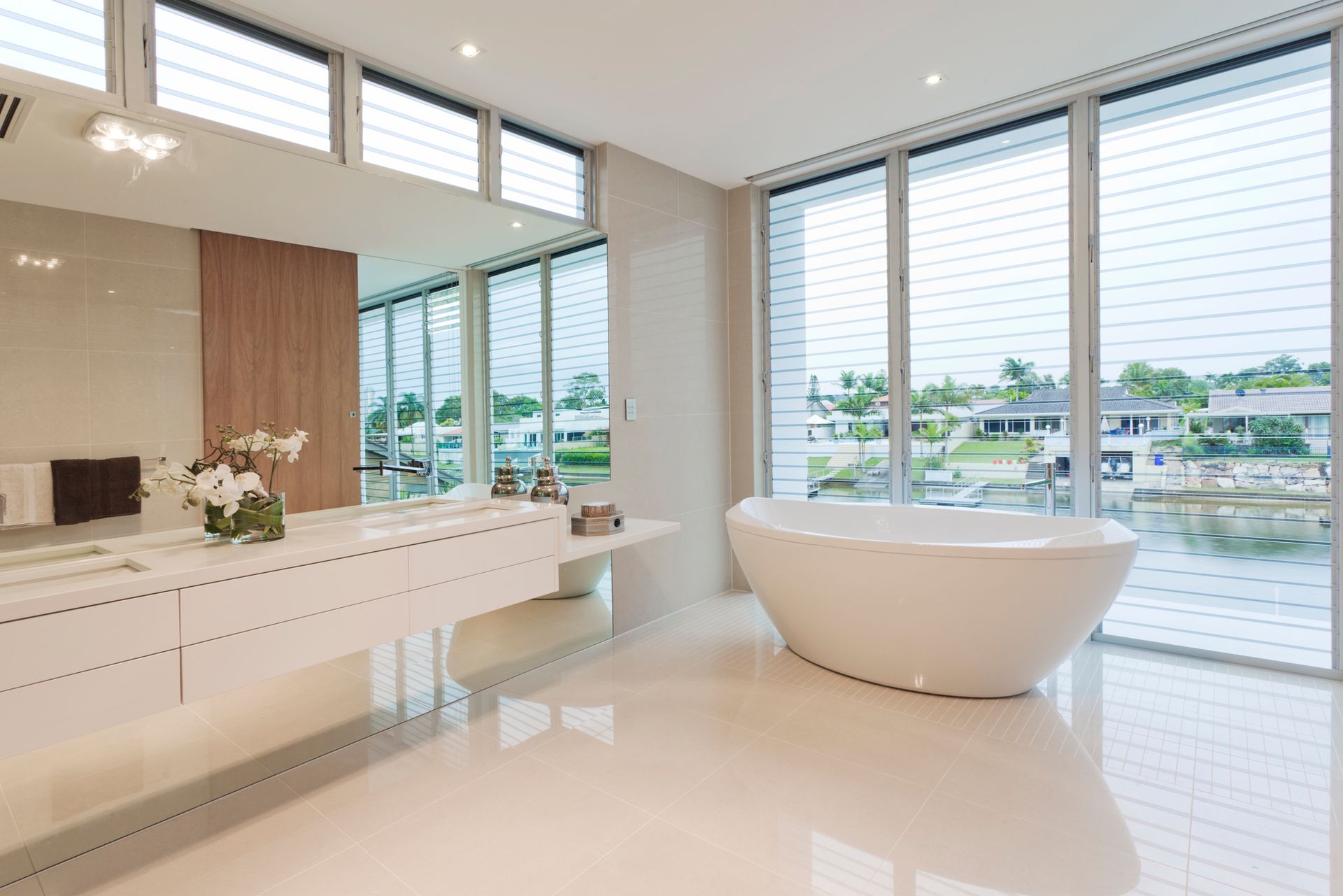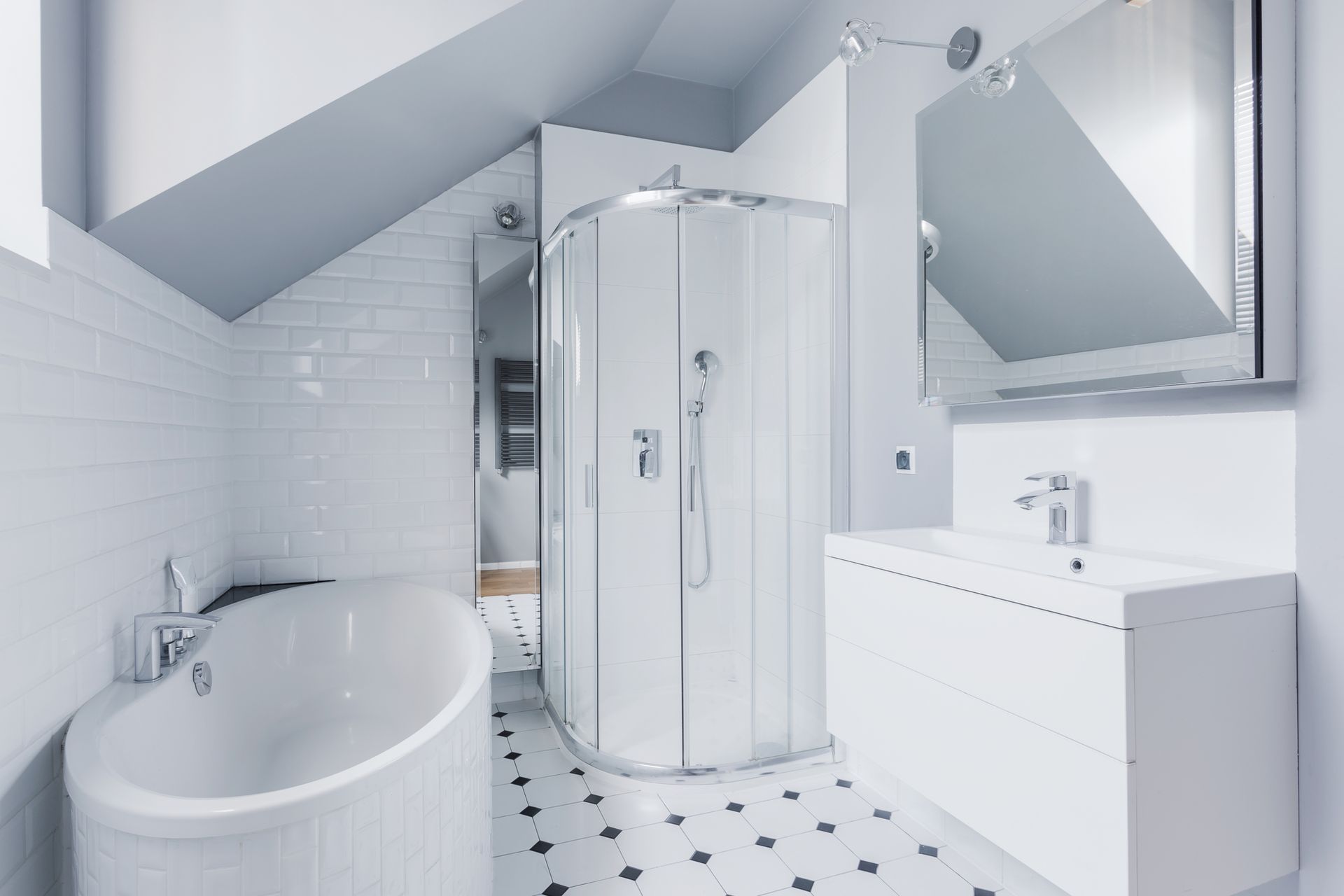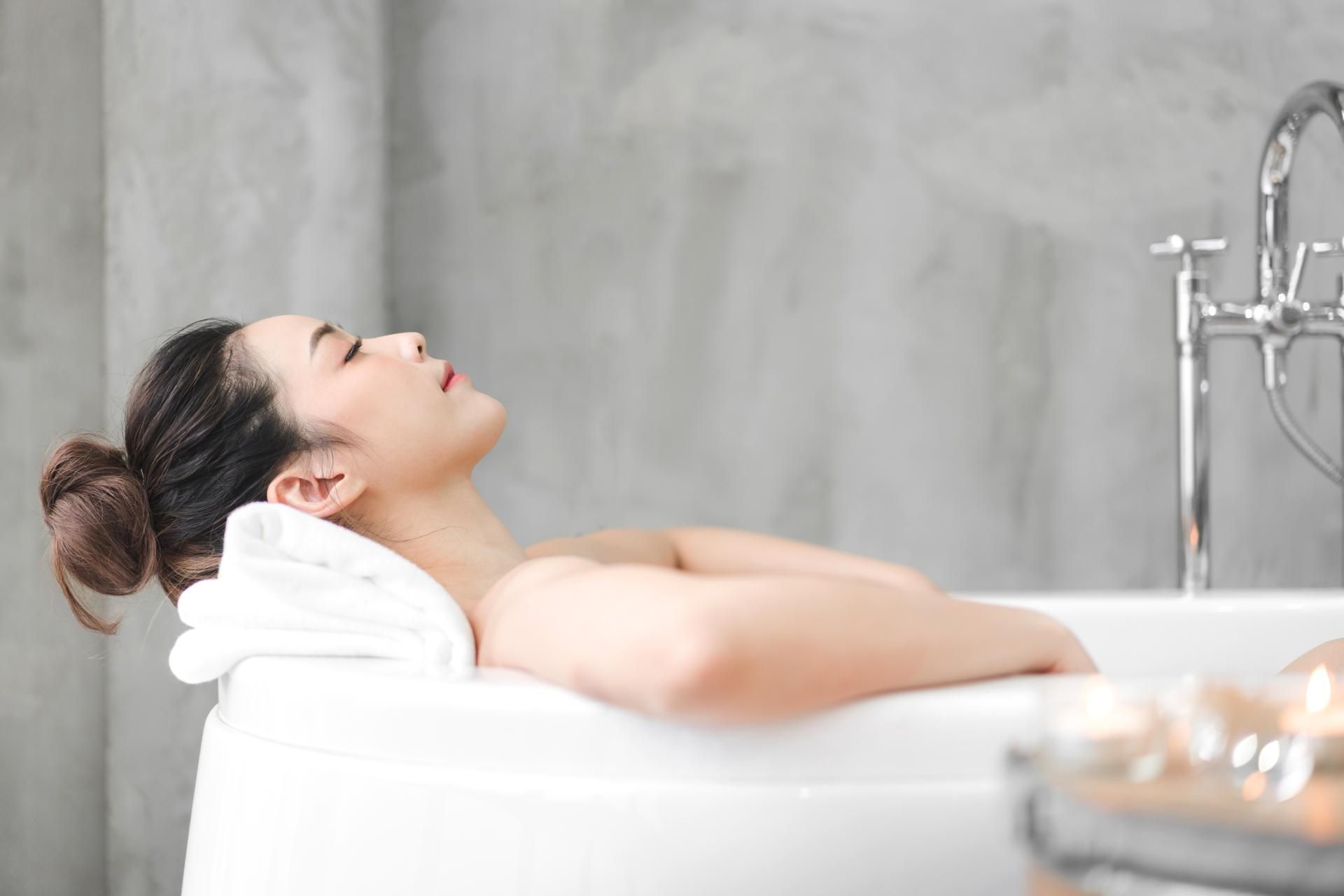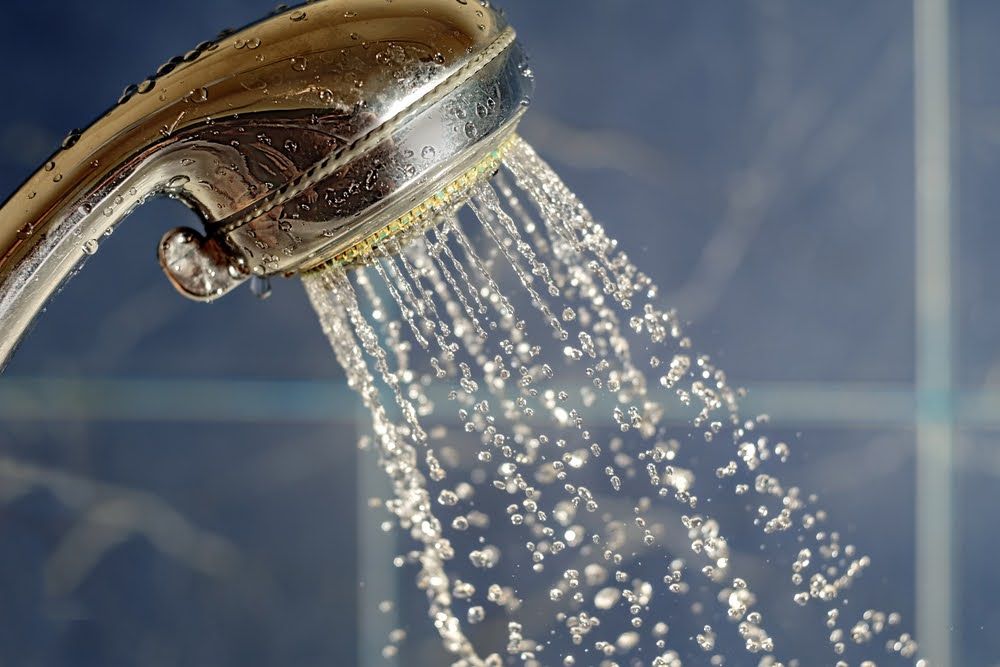4 Key Points About Tub-to-Shower Conversions
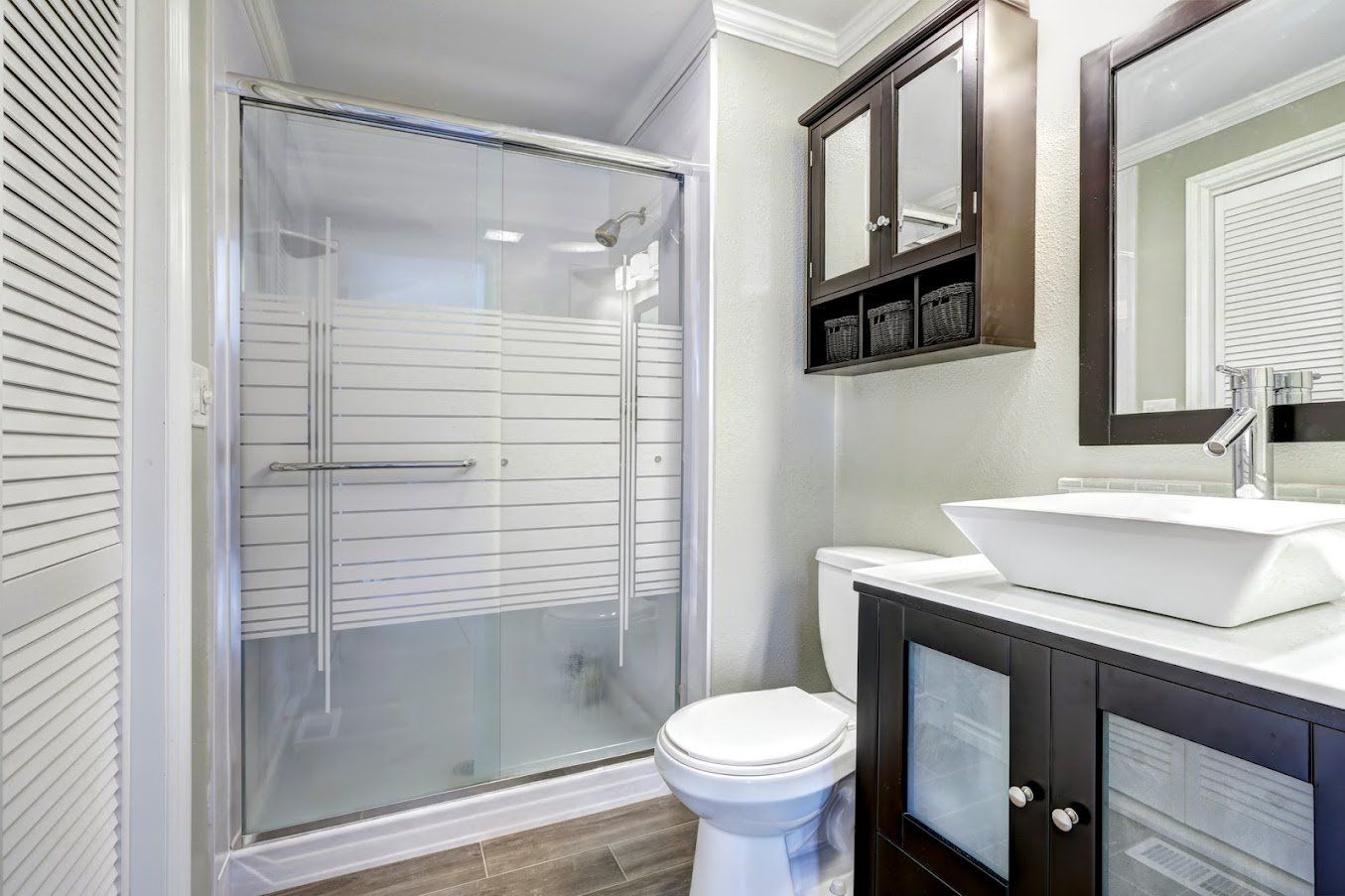
When one of your home's bathrooms offers only an old-fashioned bathtub instead of a shower, don't feel too surprised if you and your other family members fail to get much use out of it. Although a nice, long soak in a tub can prove both soothing and hygienic, many people in today's hectic world prefer the efficiency of showering.
Fortunately, you always have the option of converting an outdated tub to a sleek, modern shower unit or shower-and-tub combination. Before you take the leap into this transition, however, you'll want to understand the options, implications, and strategies involved. Take a look at four key points about tub-to-shower conversions.
1. You Have Two Main Options for Converting a Tub Into a Shower
If you like the option of bathing as well as showering and you'd rather make less invasive changes to the bathroom in question, give serious thought to simply adding a shower fixture above the tub. In this option, your shower installation professionals will open the wall and redirect the plumbing to feed water to the shower fixture.
This option may require you to add some additional water resistance to the walls surrounding the tub. If this area doesn't currently include a top layer of tile, fiberglass, or other durable material that resists water and mold, add this step to your project's scope. You'll also need to add either a sliding door or a shower curtain assembly.
If you don't want or need your current tub at all, you can go an extra step by removing it and replacing it with a standalone shower unit. In this option, your water-resistant covering will extend to the shower floor as well as a combination of curb and shower door (or curtain) to keep excess water from spilling out onto the bathroom floor.
2. A Conversion Need Not Reduce Your Home's Resale Value
You may have heard that a tub-to-shower conversion will automatically reduce your home's resale value. However, this generalization doesn't necessarily hold true. It depends in part on how many bathrooms your home contains and which of them offer tubs instead of (or in addition to) showers.
Tubs still hold much appeal for families. Since some family members may prefer baths while others prefer to shower, you may feel the need to offer both options. By converting one tub to a shower and leaving at least one other tub intact (or converting into a combination unit), your home may look more attractive to potential buyers.
3. A Tub-to-Shower Conversion Can Enhance Safety and Accessibility
Whether someone in your home struggles with balance and mobility problems or you'd just like to prepare your home against that future possibility, a tub-to-shower conversion can make good sense. By replacing a tub with a walk-in shower, you eliminate the awkward, potentially dangerous barrier presented by a tub's raised sides.
The removal of a tub also frees up considerable square footage for your new walk-in shower assembly. You can put this extra space to good use by installing a bench, corner seat, and other helpful assistive features, making your shower even safer and easier to use for your immediate family and visiting friends or relatives.
4. Smart Conversion Planning Can Make the Process Easier
As in any kind of home improvement project, you'll find right ways and wrong ways to go about a tub-to-shower conversion. First and foremost, you must measure the space carefully to determine whether it will do for your shower installation. If it won't, then you may need to modify other parts of your plumbing or bathroom.
Instead of trying to do this project yourself, hire a professional provider with the necessary skills and experience to offer sound advice and execute the project efficiently and correctly. To reduce the project time without reducing quality, choose options such as one-piece floor pans and grout-free wall panel materials.
If you've decided that you definitely want to convert a tub in your home into a shower, Midwest Bath Company's skilled team stands ready to help. Contact us today to request a quote so we can discuss your needs, goals, concerns, and budget.


